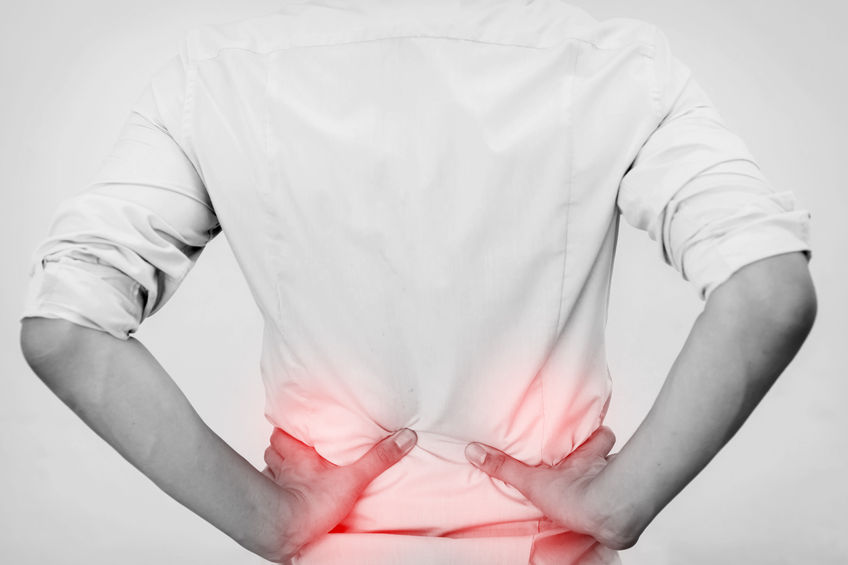The Lancet, a well-known British medical journal, recently published three articles[1][2][3] about low back pain. It discusses how it affects large numbers of people across the world and is a debilitating problem that costs most societies significant resources in lost time, medications and hospital care. It also highlights how evidence and practice in most countries are not aligned and in fact, almost contradictory.
Most health communities don’t get it right
Of most interest was how most guidelines for taking care of low back pain are ignored or contradicted in most health communities, including Australia. The authors surveyed the recommended guidelines for low back pain across three nations (the US, UK and Denmark) and then compared evidence of what was being done in hospital and clinical settings across the world. The contrast was quite stark.
Guidelines for low back pain – what should be done
Firstly, low back pain is grouped into acute episodes (less than 6 weeks old) and chronic episodes (more than 12 weeks old) – the people between 6 and 12 weeks are in a grey zone called “sub-acute”. Low back pain is also grouped into episodes with a known cause (e.g. fracture, infection or cancer) and non-specific low back pain where the cause is less clear.

The guidelines summarise the recommended actions as follows:
Education and Self Care – is the recommended first line of treatment for acute and chronic low back pain. Advice to stay active, suggestions on how to modify tasks so that a person can stay active and explanations of how the back is strong and can heal relatively quickly is recommended and you may have heard this from us here at Melbourne Osteohealth if you have visited with low back pain.
Manual Therapy – Spinal manipulation, massage and acupuncture are recommended as therapies supportive or adjunctive to education and self-care. These therapies can help improve flexibility, reduce tissue tension but also the therapist can reassure and educate the those with back pain about their condition.
Pharmacology – guidelines advise most medicines should either be used as an adjunct (pain relievers), in certain select cases (muscle relaxants, anti-depressants) used with caution (opioids) or not used at all (glucocorticoids). The advice differs slightly between those with acute and chronic back pain but the overall message is that low back pain requires careful and sparing use of prescription and over the counter medicines.
Surgery and other interventions – are not recommended for acute low back pain. There is also evidence that it should be considered as an adjunct to chronic low back pain, not the solution. Evidence provided in this review indicates an uncertain role for spinal fusion in the treatment of chronic low back pain. In addition, these options incur significant risks from hospitalisation such as infection and other adverse events.
If you or someone you know is experiencing low back pain, consider making an appointment with us to discuss the alternatives for treatment.
&nsbp;
[1] Clark, S., & Horton, R. (2018). Low back pain: a major global challenge. The Lancet.
[2] Hartvigsen, J., Hancock, M. J., Kongsted, A., Louw, Q., Ferreira, M. L., Genevay, S., … & Smeets, R. J. (2018). What low back pain is and why we need to pay attention. The Lancet.
[3] Foster, N. E., Anema, J. R., Cherkin, D., Chou, R., Cohen, S. P., Gross, D. P., … & Turner, J. A. (2018). Prevention and treatment of low back pain: evidence, challenges, and promising directions. The Lancet.




